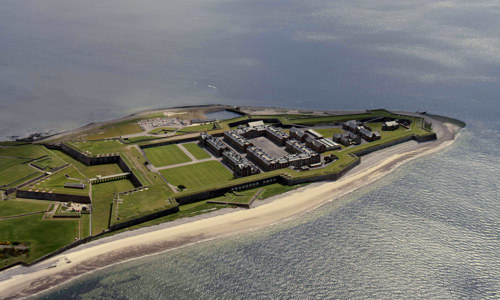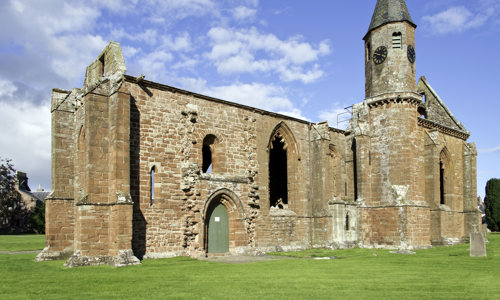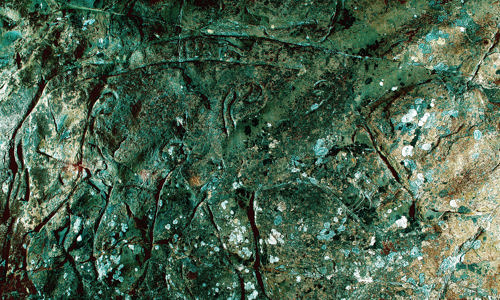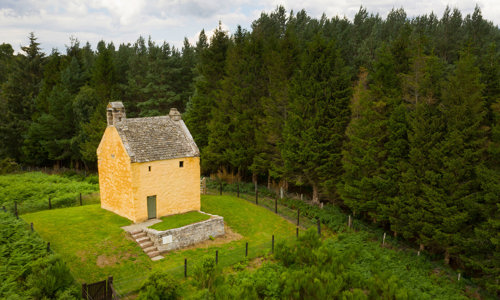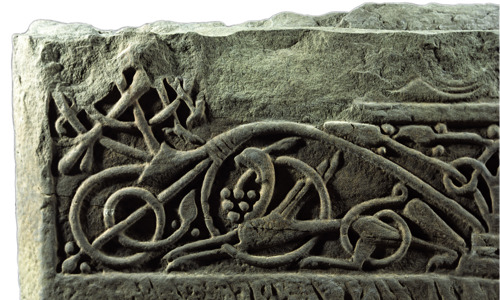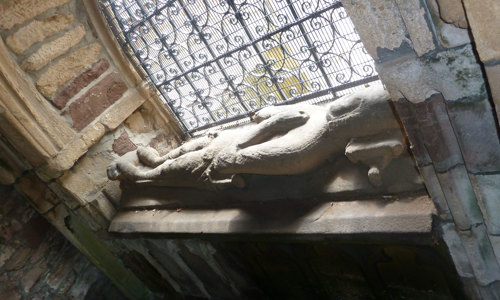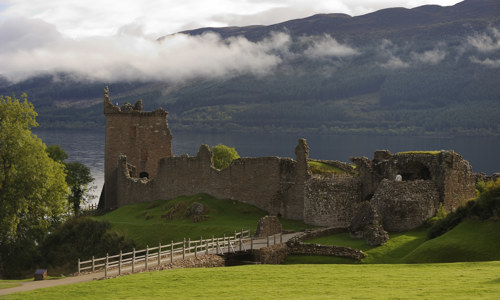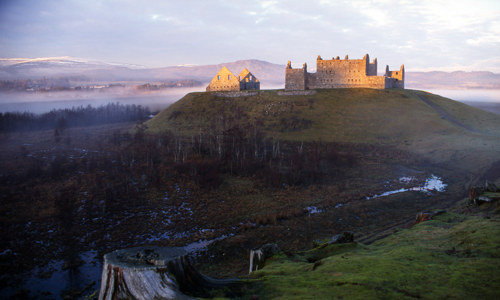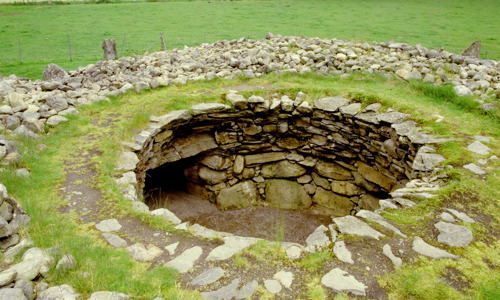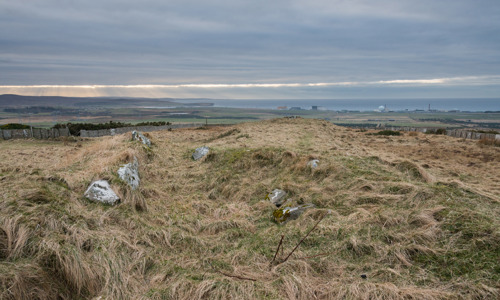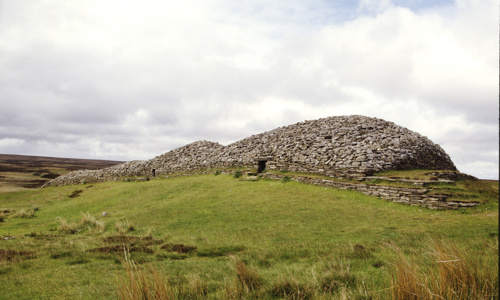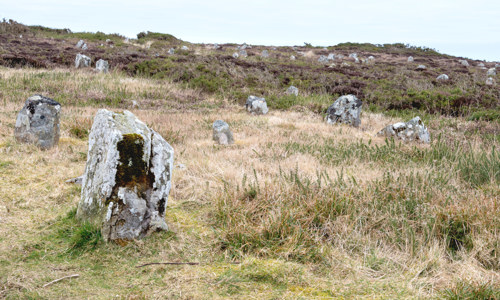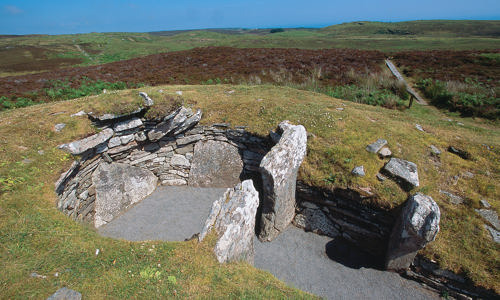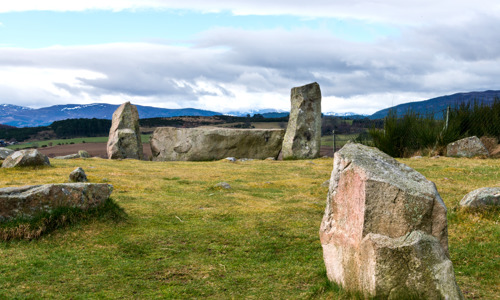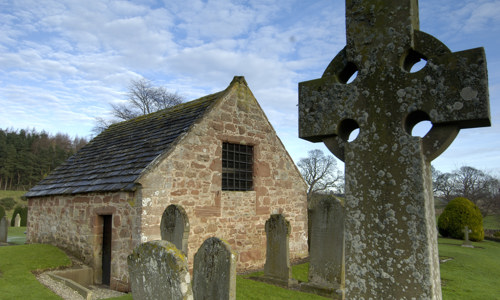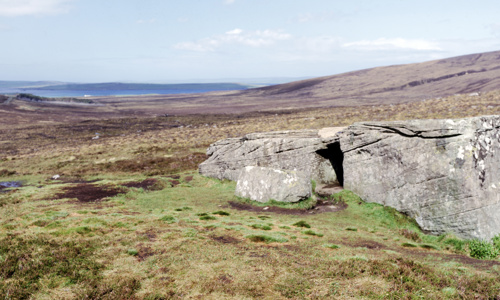History
Two parts of the Clava Cairns complex can be visited.
Set within a beautiful spot within a small wood, Balnuaran of Clava comprises:
- two passage graves
- a kerb ring cairn
- a central ring cairn and standing stones
Milton of Clava, a short distance to the south-west, includes:
- the remains of a medieval chapel
- the remains of another cairn and possible standing stones
A sacred site
The Clava Cairns comprise part of one, if not two, Bronze Age cemeteries. This landscape was an important place for ritual and burial activities in the Bronze Age. Later burials at the site suggest continued significance for over a millennia.
The three well-preserved cairns at Balnuaran each have a central chamber. But while the two outer cairns have entrance passages, the chamber of the central one is enclosed. Each cairn is surrounded by a ring of standing stones. Many of the stones used to construct the cairns have cup marks on them – these may have been reused from another place, perhaps an earlier sacred site.
The Clava Cairns are a type-site for a group of around 50 similar cairns found only in the region of the Moray Firth and Inverness. The form of these burial monuments uniquely combines aspects of ring cairns, passage graves, and stone circles.
Praise the sun!
The cemetery at Clava suggests that midwinter was an important time of year for the society who built them.
The three prominent cairns form a line running north-east to south-west. The passages of the two cairns are also aligned towards the south-west, suggesting that the builders had their eyes on the midwinter sunset. The standing stones also suggest a focus on the midwinter sunset – they are graded in height with the tallest facing the setting sun in the south-west.
Considerable thought must have gone into the planning and construction of the graves. The midwinter solstice would have marked an important turning point in the year - many similar monuments across the British Isles have a similar alignment with movements of the midwinter sun. Such sites can tell us about beliefs of past societies and how they understood their world.
Tombs of the chiefs?
The cairns’ burial chambers were cleared out long ago, but we can tell from similar monuments that only one or two people would have been buried in each cairn. It would have taken a large number of people to build the Clava Cairns, indicating that these were perhaps resting places for important individuals.
Continued use
The row of three large cairns we see today was built about 4,000 years ago, around 2000 BC. There may once have been two more. A thousand years later, the cemetery was reused: new burials were placed in existing cairns, and three smaller monuments, including the kerb cairn, were built.
The remains of a chapel of an unknown date can also be traced on the ground nearby, at Milton of Clava.


